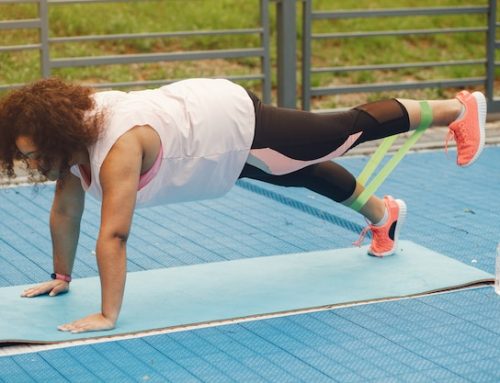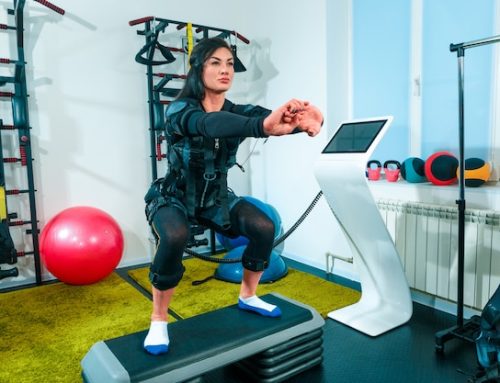Introduction
High-intensity interval training, also known as HIIT, has become a popular form of exercise over the past few years. It involves short bursts of intense exercise followed by periods of rest or lower-intensity activity. Many people turn to HIIT for its ability to burn calories quickly, but does it also help with belly fat?
What is Belly Fat?
Belly fat, also known as visceral fat, is the fat that accumulates around the abdominal organs. It is often associated with an increased risk of health problems such as type 2 diabetes, heart disease, and certain cancers. While it is impossible to spot-reduce fat in one specific area of the body, losing overall body fat can help reduce belly fat.
How Does HIIT Burn Calories?
HIIT has been shown to burn calories quickly and effectively. This is because it raises the body’s metabolic rate, causing it to burn more calories than it would during steady-state exercise. Additionally, the short bursts of intense exercise in HIIT can lead to an afterburn effect, where the body continues to burn calories at an elevated rate even after the workout is finished.
Does HIIT Burn Belly Fat?
HIIT has been shown to be effective in reducing overall body fat, including belly fat. A study published in the International Journal of Obesity found that participants who engaged in HIIT for 12 weeks experienced significant reductions in total body fat and abdominal fat compared to those who engaged in steady-state exercise.
HIIT vs. Steady-State Exercise
While both HIIT and steady-state exercise can be effective for burning calories and reducing overall body fat, HIIT may be more effective at reducing belly fat specifically. A study published in the Journal of Obesity found that HIIT was more effective than steady-state exercise at reducing visceral fat, which is the fat that accumulates around the organs in the abdominal area.
How Often Should You Do HIIT?
To see results from HIIT, it is recommended to do it at least 3 times a week. However, it is important to listen to your body and not overdo it. HIIT is a high-intensity form of exercise, so it is important to give your body time to recover between workouts.
Other Benefits of HIIT
In addition to its ability to burn calories and reduce belly fat, HIIT has other benefits as well. It can improve cardiovascular fitness, increase muscle strength and endurance, and improve insulin sensitivity. HIIT has also been shown to be more time-efficient than steady-state exercise, making it a great option for those with a busy schedule.
Conclusion
While there is no magic solution for reducing belly fat, HIIT can be an effective tool. It raises the body’s metabolic rate, leading to an increased calorie burn, and has been shown to be effective at reducing overall body fat, including visceral fat. However, it is important to remember that HIIT is a high-intensity form of exercise and should be approached with caution. As with any form of exercise, it is important to consult with a healthcare provider before starting a new exercise program.






